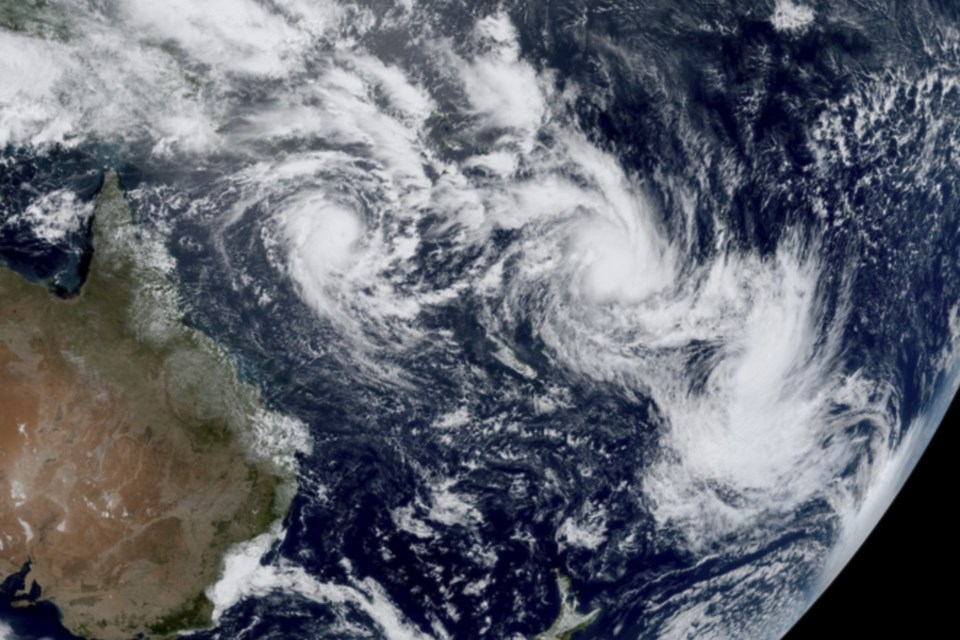Three tropical cyclones are spinning in the South Pacific, an occurrence that scientists say is unusual.
Tropical cyclones Rae, Seru and Alfred are all churning as the region is in the peak of a season that starts in November and ends in April.
The storms are called cyclones when they happen in the Southwest Pacific and hurricanes when they form in the North Atlantic, but are essentially the same phenomenon.
How unusual is this?
“It’s not incredibly unusual to have three hurricanes simultaneously in the month of September in the North Atlantic,” said Brian Tang, an atmospheric science professor at University at Albany. “Certainly it is a very busy period for the South Pacific and three tropical cyclones is a lot to happen at once, but not unprecedented.”
The last time three such storms occurred in the South Pacific was January 2021 when Lucas, Ana and Bina were churning simultaneously, though it’s not clear if Bina officially reached Category 1 status, Tang said.
Where are these storms and have they caused damage?
Rae formed Friday north of Fiji and brought whipping winds and heavy rain that damaged fruit trees, according to local reports.
Alfred developed in the Coral Sea on Monday and is expected to bring flooding rains to the northeast Australia state of Queensland this weekend.
Seru became a cyclone on Tuesday and is expected to track near the island nation of Vanuatu but remain offshore.
What caused three cyclones at the same time?
Scientists say that's hard to say, but any explanation starts with the high activity that's usual this time of year.
Gabriel Vecchi, a climate scientist at Princeton University, noted evidence of what's called a Madden–Julian Oscillation — a fluctuation in the atmosphere that results in a blob of rising air and rainfall that circles the globe and lasts for 30 days or longer. He said it seems to be tracking over the southwest Pacific in a way that could enhance cyclone activity.
“The atmosphere is chaotic. There’s a lot of natural fluctuation in it … we need to be open to the possibility that factors that are beyond our ability to predict might have led to these three cyclones at the same time,” said Vecchi.
___
The Associated Press’ climate and environmental coverage receives financial support from multiple private foundations. AP is solely responsible for all content. Find AP’s for working with philanthropies, a list of supporters and funded coverage areas at .
Isabella O'malley, The Associated Press



